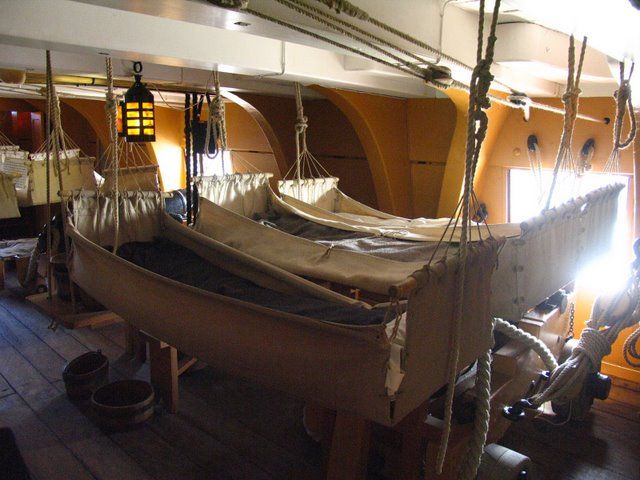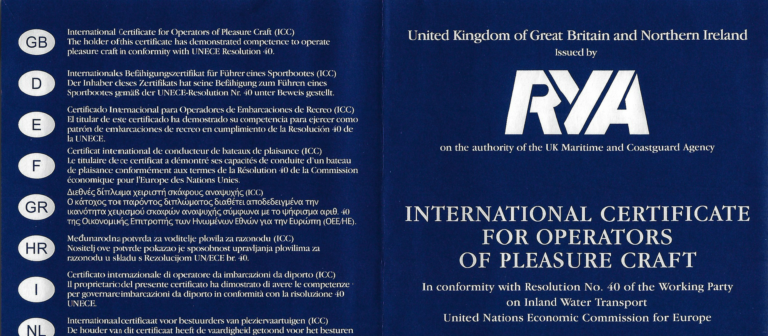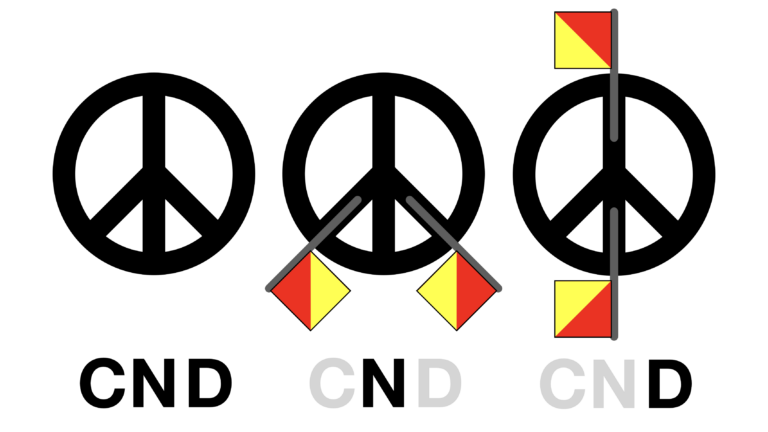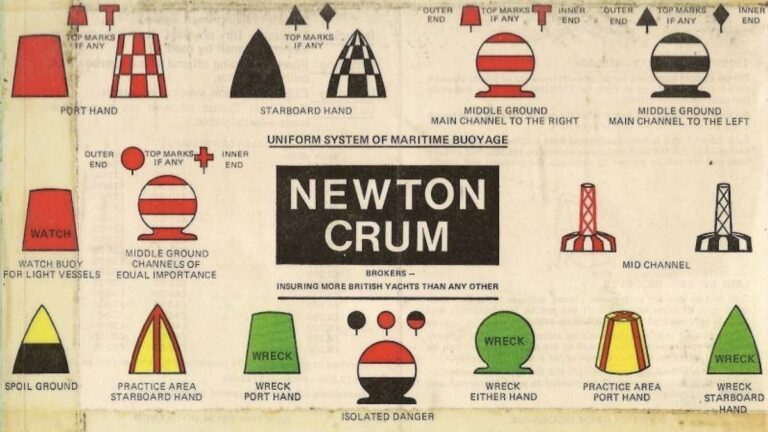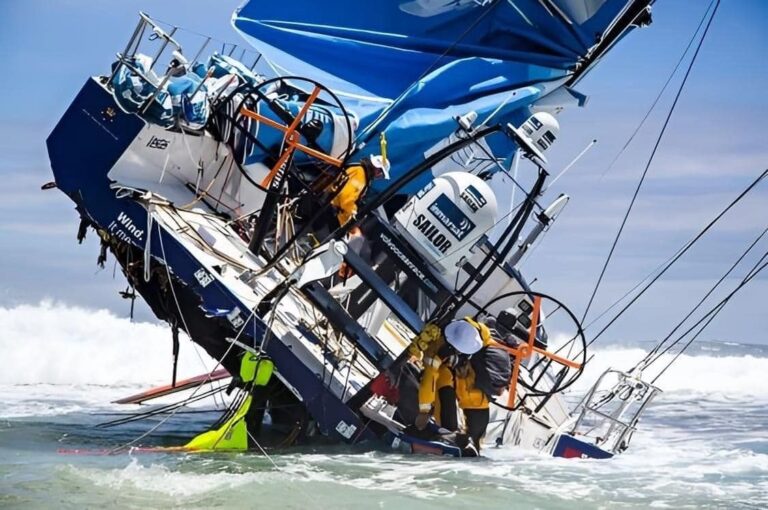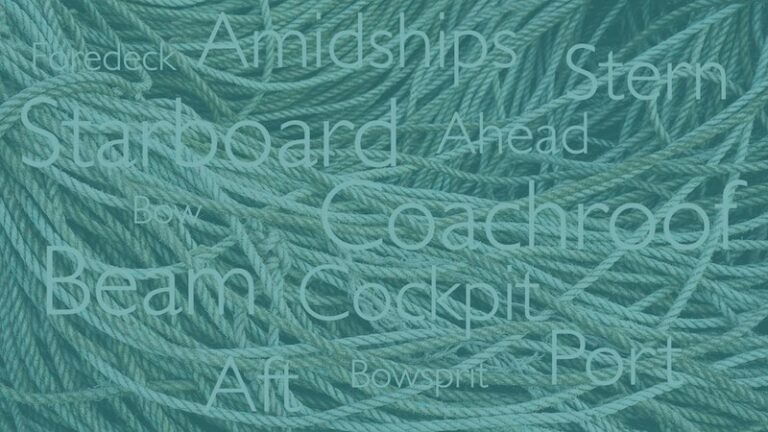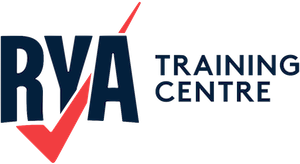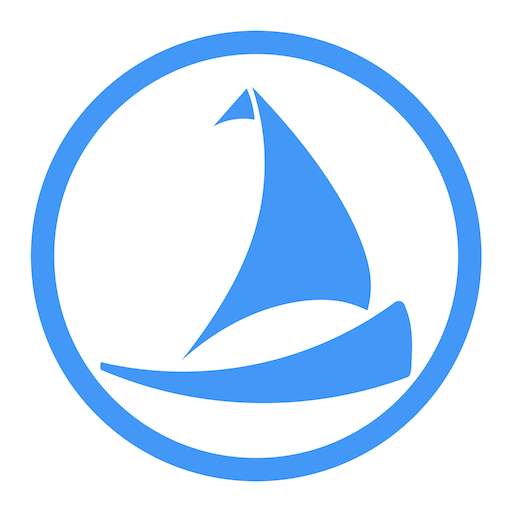Star-Gazing for the Sea-Faring Soul
A Brief History of the Nautical Almanac
Sailing the high seas has never been for the faint of heart. Imagine setting off into the great unknown, armed only with your wits, a sextant, and a disturbing lack of Wi-Fi. It’s the kind of thing that makes modern sailors shudder as they check their GPS for the tenth time in a minute. But before the age of satellites and Google Maps, mariners relied on the most ancient of tools: the stars, and eventually, the Nautical Almanac.
The Early Days: “Where in Neptune’s Name Are We?”
Before there were charts and handy reference books, sailors had a rough go of things. The stars were always up there, winking knowingly, but making sense of them required more than just a keen eye and a penchant for squinting dramatically at the horizon. Ancient civilisations like the Phoenicians and Greeks used celestial navigation, but they were working with rudimentary knowledge. Essentially, if the North Star was above your head, congratulations! You were somewhere in the northern hemisphere. If it was missing entirely, you had either sailed too far south or, worse, fallen off the edge of the world.
Fast-forward a few centuries, and we find the Age of Exploration: a glorious time of discovery, questionable hygiene, and an impressive number of people getting lost. By the 15th and 16th centuries, mariners had tools like the astrolabe and quadrant, which were great for determining latitude but utterly useless for longitude. A ship could theoretically be on course, yet still end up hundreds of miles off due to the inability to track east-west position. More than one sailor probably cursed the heavens while their ship accidentally discovered yet another uncharted island.
The Longitude Problem: A Pain in the Astrolabe
The biggest navigational headache was figuring out longitude—where you were along the east-west axis. Latitude was easy: measure the angle of the sun or a star above the horizon, and you were good to go. Longitude, on the other hand, required precise timekeeping, and at sea, keeping time accurately was about as easy as keeping a candle lit during a hurricane.
For centuries, navigators attempted to use lunar distances—measuring the angular distance between the moon and another celestial object to calculate time and position. The problem? Doing this maths in the middle of the ocean, while your ship rocked like a particularly aggressive rollercoaster, was a nightmare.
The search for a solution became so urgent that in 1714, the British government offered the Longitude Prize—£20,000 (millions in today’s money) to anyone who could crack the code and stop sailors from regularly turning up in the wrong ocean. The competition brought forward the brilliant work of John Harrison, who developed an accurate sea clock (chronometer), and some truly complex celestial navigation methods that, if we’re honest, could make even the most enthusiastic mathematician weep.
The Birth of the Nautical Almanac: “Look It Up, Sailor!”
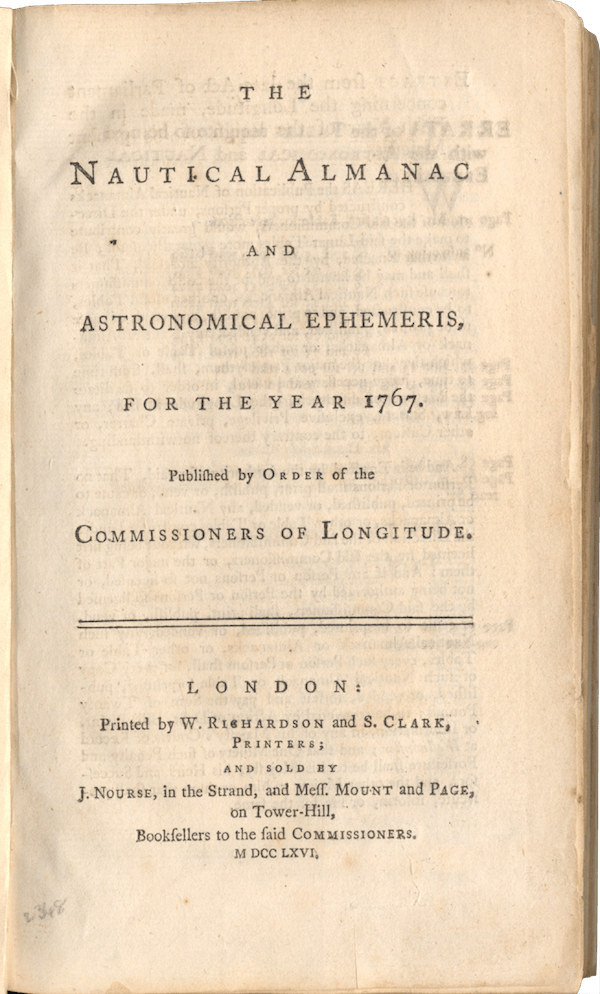
Enter the 18th century: an era of wigs, wars, and revolutionary thinking. In 1767, the British astronomer Nevil Maskelyne had a lightbulb moment (or perhaps a candle-flame moment). He realised that if navigators had precomputed tables showing the exact positions of celestial bodies at given times, they could bypass the arduous calculations and simply look up their answers. Thus, the Nautical Almanac was born.
Maskelyne, who was also the Astronomer Royal, compiled the first edition of The Nautical Almanac and Astronomical Ephemeris in 1767. It was a breakthrough: a publication filled with tables of lunar distances, planetary positions, and star locations. With it, sailors could perform a relatively simple set of calculations and determine their longitude within a reasonable margin of error.
The Almanac wasn’t just useful—it was revolutionary. Within a few years, it became standard issue for British naval vessels and was soon adopted by other seafaring nations. For once, sailors had a consistent, reliable reference to keep them from turning up in the Americas when they were aiming for India.
The Age of Accurate Navigation: “Captain, We Actually Know Where We Are!”
With the Nautical Almanac in hand, captains and navigators could finally sleep a little easier—well, as easy as one can sleep when faced with scurvy, mutiny, and the occasional pirate attack. It dramatically improved the safety and efficiency of long voyages, meaning fewer shipwrecks and more successful returns home.
By the 19th century, improvements in printing and computation made the Nautical Almanac even more precise. The British version was soon joined by an American counterpart, first published in 1852, ensuring that navigators worldwide had access to the best astronomical data available (even if they still occasionally misread the tables and ended up having “unexpected adventures”).
The Modern Era: “You Have Arrived at Your Destination”
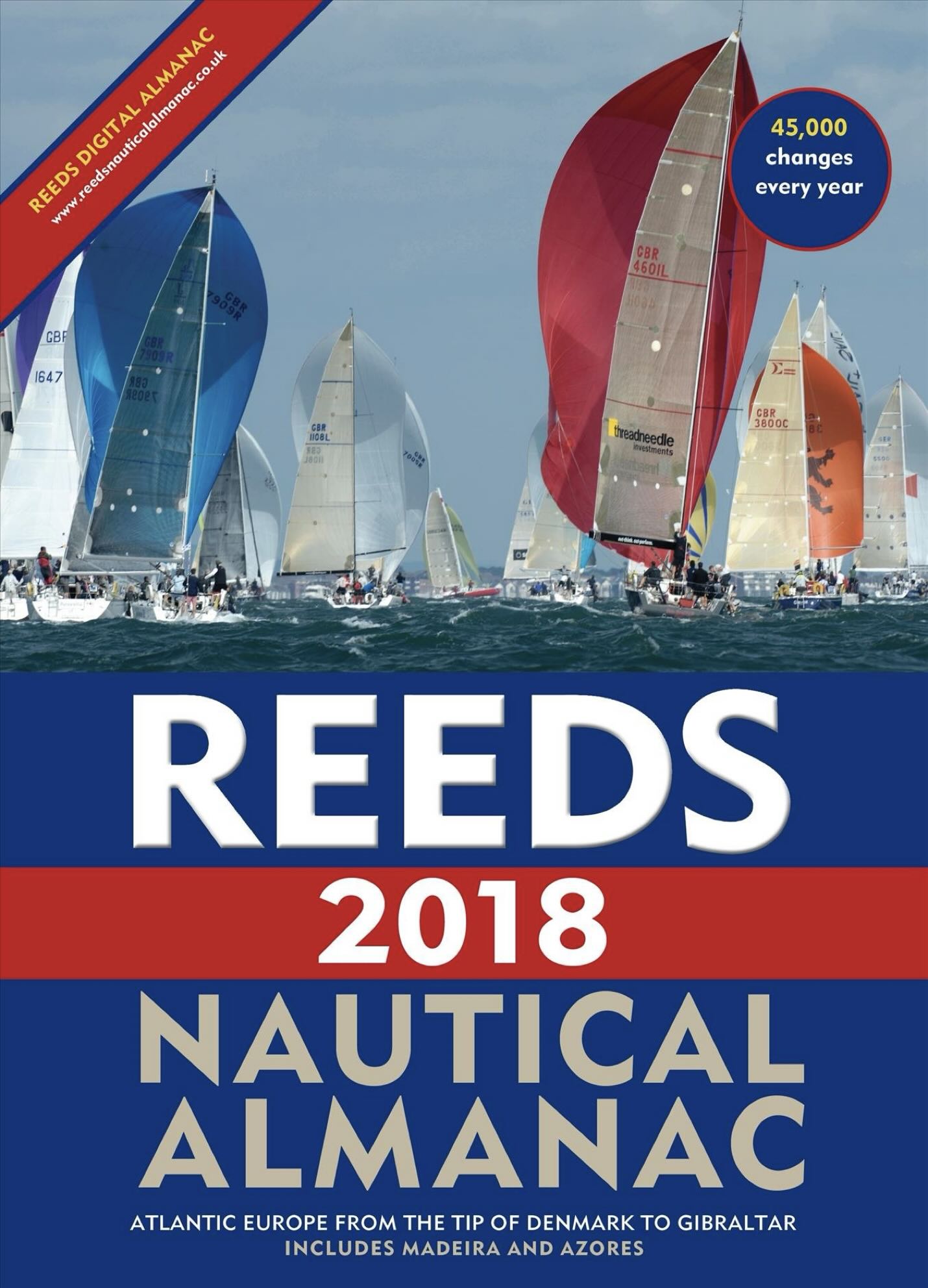
As the centuries rolled on, navigation became increasingly sophisticated. Chronometers got better, radio signals allowed for more accurate timekeeping, and eventually, satellites made celestial navigation almost obsolete. Today, sailors can use GPS to find their position down to the metre, a far cry from the days of squinting at the moon while balancing on a swaying deck.
But despite all our technological advancements, the Nautical Almanac hasn’t disappeared. It’s still published yearly, providing essential backup for mariners who like to keep a traditional trick up their sleeves. After all, if your fancy electronics fail in the middle of the ocean, it’s comforting to know you can still crack open a book, do some calculations, and figure out where in Poseidon’s name you actually are.
Conclusion: A Legacy Written in the Stars
The Nautical Almanac is one of those marvels of human ingenuity that quietly revolutionised an entire field. From its humble beginnings as an attempt to solve the longitude problem to its role in modern navigation, it has guided generations of sailors across the seas.
So, next time you’re effortlessly using GPS to find the nearest coffee shop, spare a thought for the navigators of old, who had to rely on little more than a book, a sextant, and a whole lot of patience. And if you ever find yourself lost at sea, well, just hope you packed a Nautical Almanac. It might just save you from an unintended trip to Antarctica.

